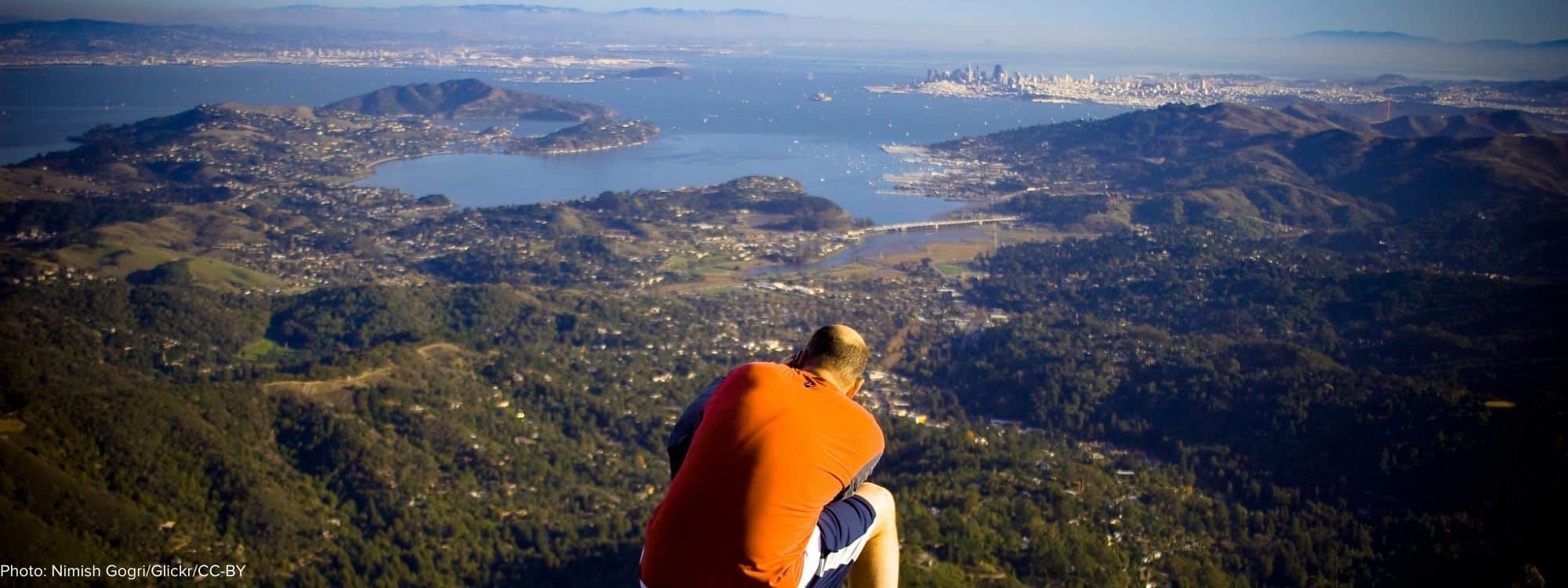After four years of research and planning work, the Metropolitan Transportation Commission (MTC) and the Associations of Bay Area Governments (ABAG) Executive Board unanimously adopted Plan Bay Area 2050, on Thursday, October 21.
Now, this means that the Bay Area has a long-range strategic plan focused on the interrelated elements of housing, the economy, transportation, and the environment. It consists of 35 bold strategies and more than 80 specific, near-term implementation actions across four different chapters: housing, economy, transportation, and environment. Elements of equity and resilience are woven into each chapter.
Compared to previous versions of Plan Bay Area, the one that’s just been adopted is the boldest and most ambitious one and comes with a price tag of $1.4 trillion dollars.
Why Is This Important?
Given the overlapping housing, climate, health, and equity crises our region is facing, there has never been a greater need to think regionally about these pressing issues, and Plan Bay Area 2050 does just that. Prior iterations focused mainly on transportation and housing, and now it expands in scope to introduce strategies for long-term economic development and environmental resilience while meeting all federal and state requirements.
This is a critical moment for climate resilience and Greenbelt Alliance is proud to support the course that Plan Bay Area 2050 charts for our region, one that is affordable, connected, diverse, and resilient. More than 30 organizations and individuals signed a letter of endorsement for the adoption of Plan Bay Area 2050 ahead of the meeting on Thursday. “We applaud MTC/ABAG for taking a bold and comprehensive approach to climate change impacts by incorporating innovative policies that seek to create an equitable and resilient Bay Area for all,” said Resilience Manager Sadie Wilson while addressing the MTC/ABAG meeting on Thursday night.
Greenbelt Alliance has been working closely for the last four years with advocates and MTC staff to advocate for increased focus on open space funding and protection, as well as in climate resilience strategies, including wildfire and sea level rise. “We appreciate the transparency and cooperation throughout the process,” concluded Sadie. See related posts to Plan Bay Area here.
Despite the limitations imposed by the Covid-19 pandemic, over 23,000 Bay Area residents provided input over the four-year planning period. MTC staff established a comprehensive public engagement period for each section of Plan Bay Area 2050. Many voices contributed to the plan, including members of the public, such as city, county, regional, state, and federal agencies and partners in the private, non-profit, and advocacy spheres.
Greenbelt Alliance Board Member and past MTC Chair, Jake Mackenzie, was instrumental in getting the implementation plan of Plan Bay Area 2040. “It is critical that we work as a region to implement the policies and actions that are in the plan. Some of the most impactful outcomes of Plan Bay Area 2040, like the casa compact, were a result of the implementation plan.”
Plan Bay Area 2050 expands its scope to introduce strategies for long-term economic development and environmental resilience and weaves equity and environmental justice throughout. The Implementation Plan identifies more than 80 near-term actions for MTC, ABAG, and partner organizations to take over the next five years to make headway on each of the 35 strategies. Below are a few strategies we are excited about:
- Strategy EC1 – Implement a universal basic income ($205 billion): In order to improve economic mobility, there would be $500 given to all households.
- Strategy H3 – Preserve existing affordable housing ($237 billion): This would involve acquiring homes and preserving them permanently as deed-restricted affordable housing.
- Strategy EN1 – Adapt to sea level rise ($19 billion): Protect shoreline communities affected by sea level rise, prioritizing low-cost, high-benefit solutions, and providing additional support to vulnerable populations.
- Strategy EN5 – Protect and manage high-value conservation lands ($15 billion): Provide strategic matching funds to help conserve and maintain high-priority natural and agricultural lands, including but not limited to, Priority Conservation Areas and wildland-urban interface areas.
According to MTC Executive Director Therese McMillan, “alongside the pandemic, the early 2020s have ushered in a broad awakening to racially discriminatory policies in public and private spheres alike, opening necessary and often painful discussions in all corners of the nation. While the Bay Area has a long history of working together to create a better region, government agencies must step up like never before to meet the moment. To earn the trust of the people they serve today, institutions must address exclusionary policies of the past. Plan Bay Area 2050 represents an important step for regional governments to address decades of discrimination by prioritizing and quantifying equity in more direct and ambitious ways than previous Bay Area long-range plans.”
What Happens Next?
As a region, we have a lot of work to do and MTC cannot implement these bold strategies alone. While citizens’ engagement was fundamental to shaping the plan, the next step will be implementation. “Plans don’t build units and we’re going to have to take action collectively to advocate for legislation and funding so that we can preserve affordable housing, prevent displacement, and that must be a key focus of the work we’re going to be doing in the coming months and years,” said Berkeley’s mayor, Jesse Arreguin, at the meeting.
The implementation will require partnerships and an unprecedented level of collaboration among stakeholders in the region. We applaud MTC/ABAG for taking a bold, holistic approach to tackling the region’s biggest challenges and look forward to continuing to work closely together on making these strategies become a reality, including for opportunities to fund the Implementation Plan. The impacts of climate change are increasing at alarming rates and more so than ever before. We need to think about regional solutions for local issues.
Read more about Plan Bay Area 2050 here.





